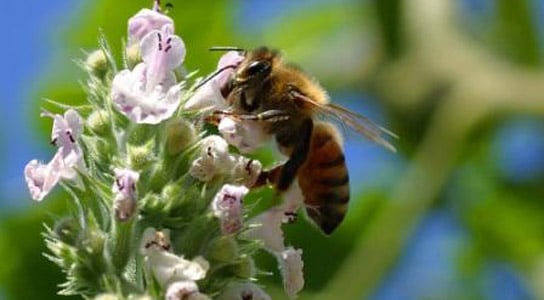
Honeybee Forager
Honeybees exhibit subtle differences in their DNA, which is tied to their roles within the hive. These DNA modifications, which are normally fixed, can be changed and could be the first examples of reversible DNA changes associated to behavior.
The scientists published their findings in the journal Nature Neuroscience. All honeybees (Apis mellifera) are born equal, but although genetically identical, the bees quickly take on roles within the hive. The roles of queen and worker aren’t just tied to behavior, but are linked to specific DNA changes. These minor modifications to their DNA are epigenetic in nature, meaning that the overall DNA sequence remains intact but chemical tags in the form of methyl (CH3) molecules are added, which affects how the genes are expressed.
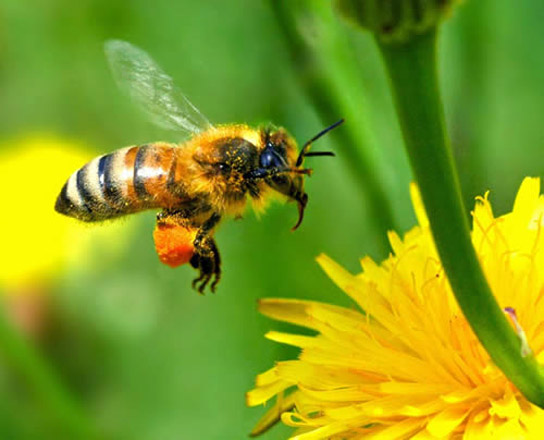
Once a bee is a worker or a queen, it remains that way for its entire life. These changes are irreversible, but amongst the subdivisions of workers, there are nurses and foragers. Workers can change the pattern of their methyl molecules to fit the role they need in the hive.
The researchers coaxed forager bees back into nursing roles by removing all of the nurses from the hive. These new nurses had the right methylation patterns in their DNA, even though they started out as foragers.
This demonstrated that brain cells can shift on epigenetic roadmaps to control different behaviors.
Reference: “Reversible switching between epigenetic states in honeybee behavioral subcastes” by Brian R Herb, Florian Wolschin, Kasper D Hansen, Martin J Aryee, Ben Langmead, Rafael Irizarry, Gro V Amdam and Andrew P Feinberg, 16 September 2012, Nature Neuroscience.
DOI: 10.1038/nn.3218


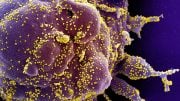


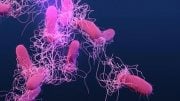
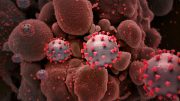
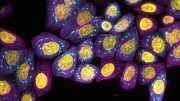
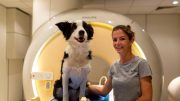
Be the first to comment on "Honeybees Switch Roles within the Hive"